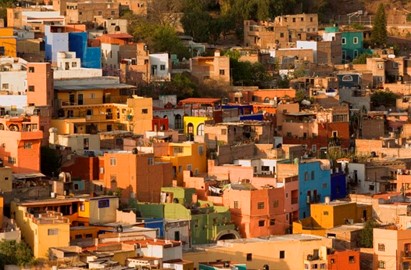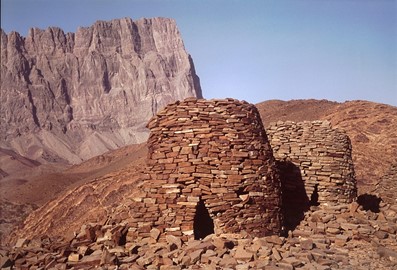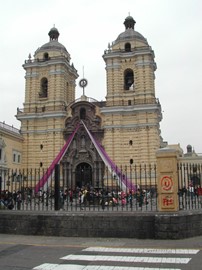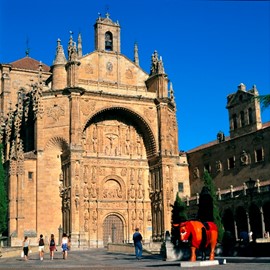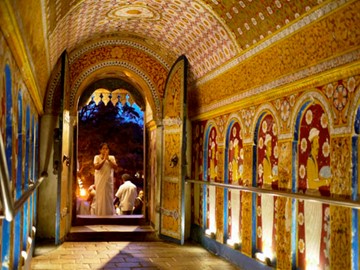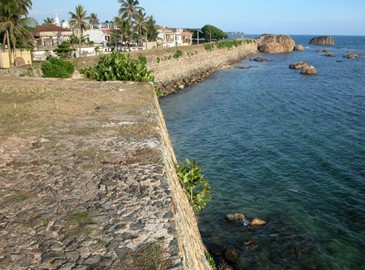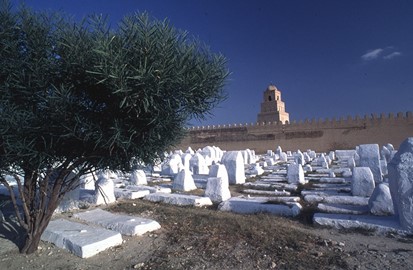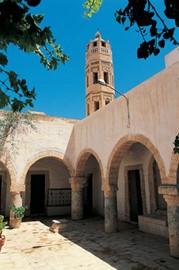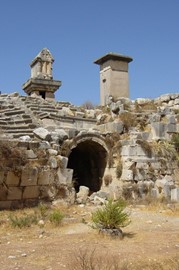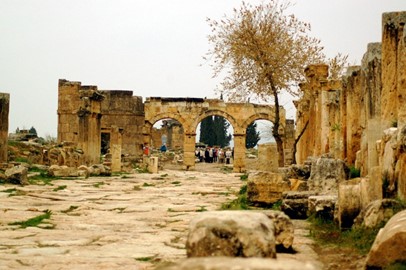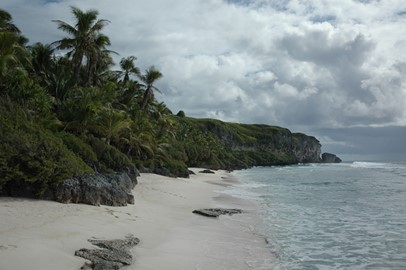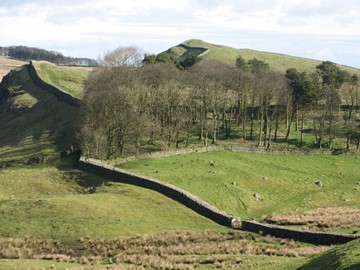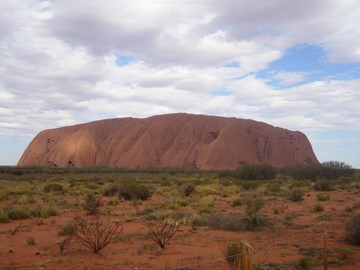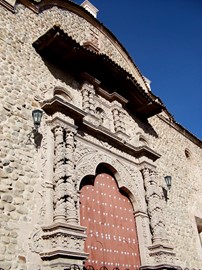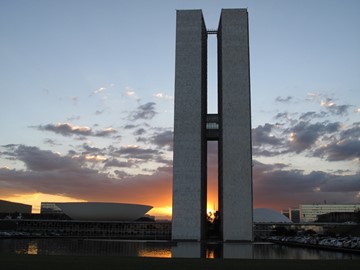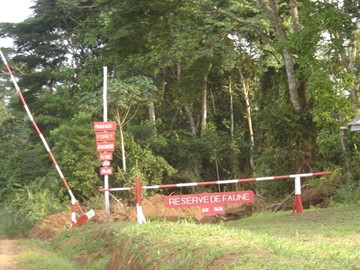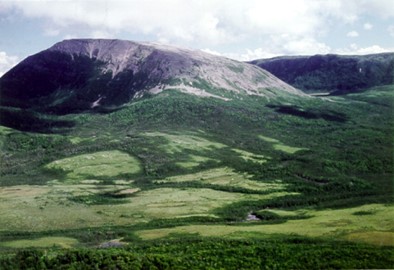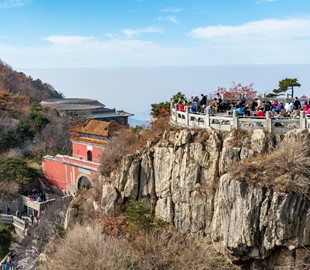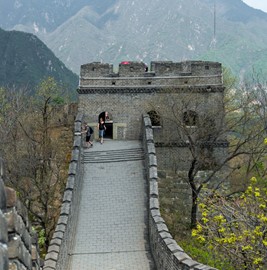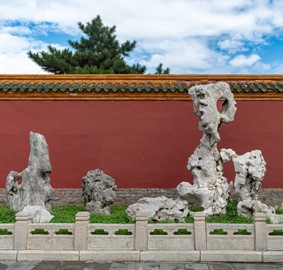search
Timbuktu
Timbuktu, a UNESCO World Heritage site in Mali, is a historic city renowned for its role as a medieval center of trade, culture, and Islamic scholarship. Founded around the 11th century, it flourished due to its strategic location on trans-Saharan trade routes, becoming a hub for salt, gold, and knowledge exchange. The city is home to iconic mud-brick architecture, including the Sankore Mosque and University, which highlight its intellectual legacy. Despite facing threats from conflict and desertification, ... Read More
Guanajuato
Guanajuato, a UNESCO World Heritage site in Mexico, is renowned for its rich colonial history, vibrant culture, and stunning architecture. This picturesque city features colorful buildings, winding cobblestone streets, and historic silver mines that once fueled its prosperity. Notable landmarks include the iconic Basilica of Our Lady of Guanajuato and the eerie yet fascinating Mummy Museum. Its unique underground street system and lively festivals, like the Cervantino International Festival, further enhance... Read More
Chichen Itza
Chichen-Itza, a UNESCO World Heritage site, is an ancient Mayan city renowned for its impressive architecture and historical significance. The site features the iconic El Castillo pyramid, a testament to Mayan astronomical knowledge with its 365 steps representing the days of the year. Other notable structures include the Great Ball Court and the Temple of the Warriors, reflecting the city's cultural and political importance during its peak between the 7th and 13th centuries. Today, it stands as a well-pres... Read More
Bat, Al Khutm and Al Ayn
Bat, Al-Khutm, and Al-Ayn form a UNESCO World Heritage site showcasing one of the most complete and well-preserved collections of 3rd-millennium BCE settlements and necropolises globally. The site features over 100 beehive-shaped tombs, monumental stone towers, and remnants of rural settlements and irrigation systems from the Bronze Age. Recognized in 1988, it highlights ancient trade networks and funerary practices, offering a unique glimpse into early human civilization.
Lima
The Historic Centre of Lima, a UNESCO World Heritage site in Peru, showcases a remarkable blend of colonial architecture and urban planning from the 16th century. Founded by Spanish conquistador Francisco Pizarro, it served as the political and administrative heart of Spain’s South American empire, featuring landmarks like the grand Plaza Mayor, the ornate Archbishop’s Palace, and the Basilica Cathedral. The site preserves a rich history of European influence, with its grid layout and baroque-style building... Read More
Salamanca
The Old City of Salamanca, a UNESCO World Heritage site in Spain, is renowned for its well-preserved historic architecture and cultural significance. This ancient university city boasts stunning examples of Romanesque, Gothic, Moorish, and Baroque styles, most notably in its grand Plaza Mayor and the intricate sandstone facades of its cathedral and university buildings. As one of Europe’s oldest academic centers, it has long been a hub of intellectual and artistic achievement, attracting scholars and visito... Read More
Sinharaja Forest
Sinharaja Forest, a UNESCO World Heritage site in Sri Lanka, is a biodiverse tropical rainforest renowned for its rich ecosystem. It serves as a habitat for numerous endemic species, including rare birds, mammals, and plants, making it a critical conservation area. The forest’s lush canopy and unique flora attract researchers and nature enthusiasts alike. Its global significance lies in its role as a living testament to the island’s ecological heritage.
Kandy
Kandy, a UNESCO World Heritage site in Sri Lanka, is a historic city renowned for its cultural and spiritual significance. It served as the last capital of the Sinhala kings, preserving a rich legacy of traditions and architecture. The city is home to the Temple of the Tooth Relic, one of Buddhism's most sacred shrines, housing a tooth of the Buddha. Kandy's vibrant festivals, notably the Esala Perahera, attract visitors with their elaborate processions and ancient rituals.
Galle
The Old Town of Galle, a UNESCO World Heritage site in Sri Lanka, is a well-preserved colonial fortress showcasing a blend of European and South Asian architectural influences. Built by the Portuguese in the 16th century and later expanded by the Dutch, it features sturdy ramparts, historic buildings, and charming streets that reflect its rich past as a key trading port. Today, it stands as a living testament to the island's colonial history, attracting visitors with its cultural significance and scenic coa... Read More
Kairouan
Kairouan, a UNESCO World Heritage site in Tunisia, is a historic city renowned for its rich Islamic heritage. Founded in 670 AD, it served as a key center for religious scholarship and trade in North Africa. The Great Mosque of Kairouan, one of the oldest and most prestigious mosques in the Muslim world, stands as a testament to its architectural and cultural significance. Its well-preserved medina, with narrow streets and traditional markets, further highlights its historical importance.
Medina of Sousse
The Medina of Sousse, a UNESCO World Heritage site in Tunisia, is a well-preserved example of an early Islamic fortified city, established during the Aghlabid period (800–909) as a key commercial and military port. Its historic core features a robust kasbah, imposing ramparts, the Great Mosque, and the Ribat—a unique blend of fort and religious structure—reflecting Arabo-Muslim urbanism and coastal defense architecture. The medina’s narrow streets, traditional souks, and Archaeological Museum with its stunn... Read More
Xanthos Letoon
Xanthos-Letoon, a UNESCO World Heritage site in Turkey, is a remarkable archaeological complex showcasing the ancient Lycian civilization's unique architecture and cultural heritage. Xanthos, the capital of Lycia, blends Lycian traditions with Hellenic influences, evident in its distinctive rock-cut tombs and pillar-mounted sarcophagi, while Letoon served as a significant religious sanctuary dedicated to the goddess Leto. The site is renowned for its well-preserved ruins, including a theater, temples, and i... Read More
Hierapolis Pamukkale
Hierapolis-Pamukkale, a UNESCO World Heritage site in Turkey, is renowned for its stunning natural and historical features. The site boasts gleaming white travertine terraces formed by calcium-rich thermal springs cascading down a hillside, creating a surreal, cotton-like landscape. Adjacent to this natural wonder lies the ancient Greco-Roman city of Hierapolis, founded in the 2nd century BCE, featuring well-preserved ruins such as a theater, necropolis, and the sacred Plutonium cave associated with the und... Read More
Henderson Island
Henderson Island, a UNESCO World Heritage Site under UK jurisdiction, is a remote, uninhabited coral atoll in the eastern South Pacific, renowned for its pristine ecology largely untouched by humans. Its isolation has fostered unique biodiversity, including ten endemic plant species and four endemic land birds, making it an exceptional natural laboratory for studying island evolution and natural selection. Despite its ecological significance, the island faces challenges from plastic pollution washing ashore... Read More
Tower of London
The Tower of London, a UNESCO World Heritage site in the UK, is a historic fortress founded in 1066 by William the Conqueror. Renowned for its role as a royal palace, prison, and treasury, it has housed the Crown Jewels since the 14th century and remains a symbol of British monarchy and history. Its iconic White Tower and medieval architecture attract millions of visitors annually, offering insights into centuries of political intrigue and royal legacy.
Canterbury
Canterbury, a UNESCO World Heritage Site in the UK, is a historic city renowned for its well-preserved medieval architecture and cultural significance. At its heart lies Canterbury Cathedral, a masterpiece of Gothic design and the seat of the Archbishop of Canterbury, which has been a focal point of Christian pilgrimage since the martyrdom of Thomas Becket in 1170. The city’s ancient walls, charming cobbled streets, and the ruins of St. Augustine’s Abbey further highlight its rich history, making it a treas... Read More
Frontiers of the Roman Empire
The Frontiers of the Roman Empire, a UNESCO World Heritage site in Europe, recognized in phases from 1987 to 2021, spans sites in Germany, the UK, Austria, and Slovakia, tracing the Roman Empire’s northern boundaries from the 1st to 5th centuries CE. Featuring Hadrian’s Wall, the Antonine Wall, and the Upper German-Raetian Limes, these fortifications, forts, and settlements reflect Rome’s military engineering and cultural reach. This transnational site showcases Europe’s ancient heritage, preserving a vast ... Read More
Uluru
Uluru, a UNESCO World Heritage site in Australia, is an iconic sandstone monolith revered for its cultural and natural significance. Rising dramatically from the arid landscape, its striking red hue shifts with the light, captivating visitors. Sacred to the Anangu people, it holds deep spiritual importance, adorned with ancient rock art and stories of creation. Surrounded by desert flora and fauna, Uluru’s geological uniqueness and timeless beauty make it a global symbol of Australia’s Indigenous heritage a... Read More
Potosí
The City of Potosí, a UNESCO World Heritage site in Bolivia, is a historic colonial city famed for its role in silver mining during the Spanish Empire. Established in 1545, it features grand churches, colonial architecture, and the Cerro Rico mine, which fueled global economies for centuries. Recognized by UNESCO in 1987, it showcases a blend of indigenous and European influences amid a dramatic landscape. The city stands as a testament to Bolivia’s mining history and colonial past.
Brasilia
Brasilia, a UNESCO World Heritage site in Brazil, is a modernist capital city celebrated for its innovative urban planning and architecture. Designed in the 1950s by Oscar Niemeyer and Lúcio Costa, it features bold, futuristic buildings like the Cathedral and National Congress, laid out in a unique airplane-shaped grid. Inscribed by UNESCO in 1987, it represents a landmark in 20th-century design. Brasilia stands as a symbol of Brazil’s architectural ambition and urban vision.
Dja Faunal
Dja Faunal Reserve, a UNESCO World Heritage site in Cameroon, is a vast, pristine rainforest teeming with biodiversity. Home to endangered species like forest elephants, gorillas, and chimpanzees, it remains largely untouched by human activity, preserving one of Central Africa’s most intact ecosystems. Recognized for its ecological importance, it stands as a critical sanctuary for wildlife and a testament to the region’s natural heritage.
Gros Morne
Gros Morne National Park, a UNESCO World Heritage site in Canada, is a geological marvel showcasing ancient continental drift and tectonic wonders. Its dramatic fjords, barren Tablelands, and diverse ecosystems highlight Earth’s history, from exposed mantle rock to glacial-carved landscapes. Recognized for its scientific and scenic significance, it stands as a striking testament to nature’s raw power and beauty.
Mount Taishan
Mount Taishan, a UNESCO World Heritage site in China, is a sacred peak revered for over 3,000 years as a site of imperial worship and cultural significance. Its rugged slopes, dotted with ancient temples, stone inscriptions, and stairways, reflect its role as a spiritual and artistic hub in Chinese history. Recognized for its natural and cultural value, it stands as a symbol of harmony between humanity and nature.
Great Wall
The Great Wall, a UNESCO World Heritage site in China, is an iconic fortification stretching thousands of kilometers, built from the 7th century BCE to the 16th century. Designed to protect against invasions, its watchtowers, battlements, and stone-and-brick construction showcase ancient Chinese engineering and military strategy. Recognized for its historical and architectural significance, it stands as a monumental symbol of resilience and ingenuity.
Imperial Palaces
The Imperial Palaces, a UNESCO World Heritage site in China, encompass the Forbidden City and Mukden Palace, grand residences of the Ming and Qing dynasties from the 14th to 20th centuries. These sprawling complexes, with their ornate halls, courtyards, and intricate designs, reflect imperial power, Confucian ideals, and architectural mastery. Recognized for their historical and cultural significance, they stand as enduring symbols of China’s dynastic legacy.

